Navaho blackberries, renowned for their large, juicy fruit and exceptional flavor, have garnered significant attention among gardeners and farmers alike. Known for their ease of cultivation and resilience in various climates, these blackberries also prompt questions regarding their growth habits. One of the most pertinent queries is: are Navaho blackberries semi-trailing? This article delves deeply into this question, providing detailed insights into the characteristics, growth patterns, and care of Navaho blackberry plants.
Understanding Blackberry Growth Habits
Before we address whether Navaho blackberries are semi-trailing, it is essential to understand the broader category of blackberry growth habits. Blackberries can generally be classified into three primary types:
Trailing Blackberries: These varieties have long canes that tend to sprawl on the ground. They require support such as trellises or stakes to grow optimally and prevent damage.
Erect Blackberries: Erect varieties produce stiff canes that grow upright without assistance. They usually require less maintenance and can thrive in a more varied range of growing conditions.
Semi-Trailing Blackberries: This category acts as a bridge between the two other types. They possess canes that can grow upright but tend to fall over under the weight of fruit, typically needing some support to keep them lifted.
Characteristics of Navaho Blackberries
Navaho blackberries are unique in several aspects. Important characteristics include:
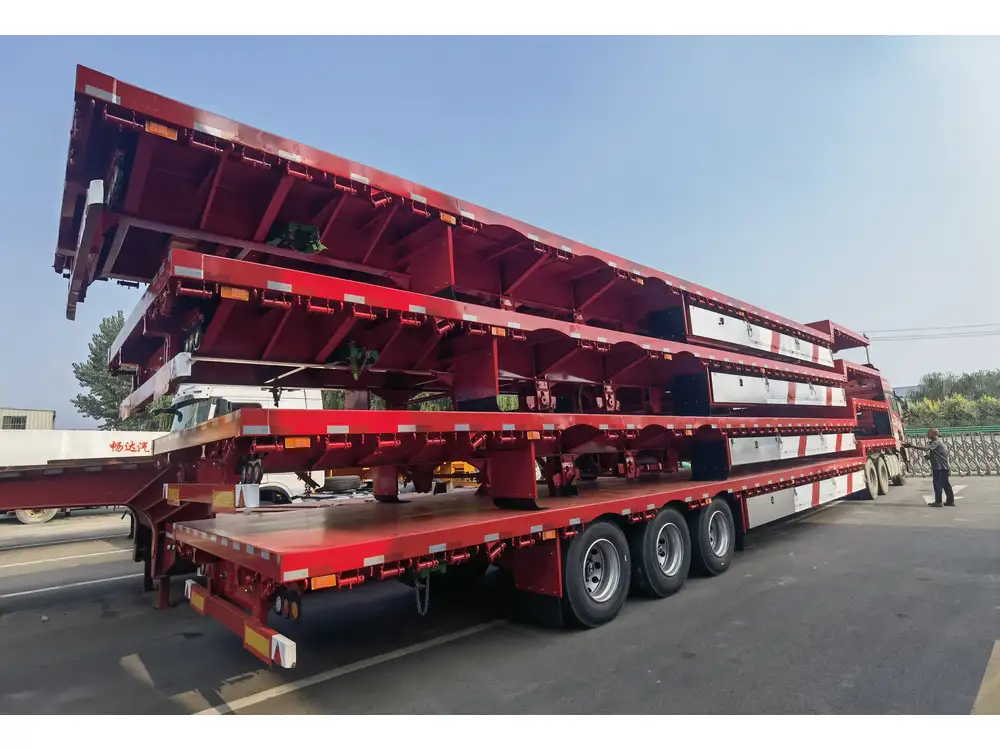
1. Fruit Quality
Navaho blackberries are celebrated for their large, firm, and exceptionally sweet fruit. The quality of the fruit makes them ideal for fresh consumption, freezing, and processing into jams and jellies.
2. Plant Structure
The Navaho blackberry plant tends to have a robust structure with canes that can reach heights of up to 4-6 feet or more, depending on growing conditions and care.
3. Disease Resistance
One of the most attractive features of this variety is its resistance to many common diseases, particularly the notorious double blossom disease. This resilience makes it a preferred choice for both amateur gardeners and commercial growers.
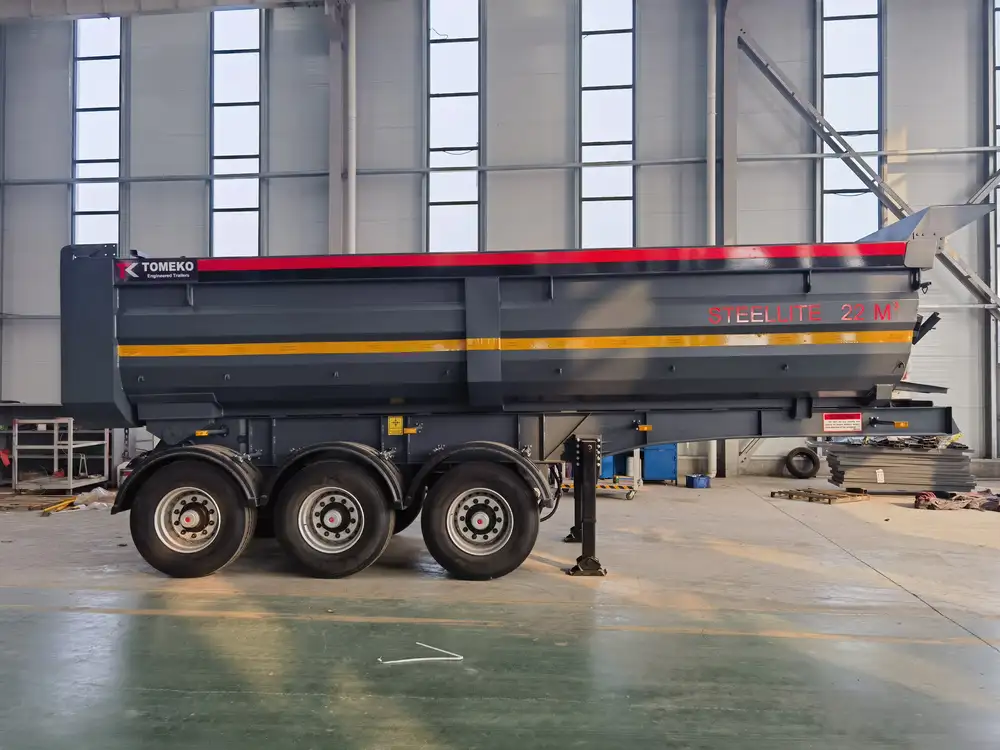
4. Harvesting Time
Typically, Navaho blackberries bear fruit in mid to late summer, providing bountiful harvests for several weeks.
Are Navaho Blackberries Semi-Trailing?
To directly answer the question: Yes, Navaho blackberries are classified as semi-trailing blackberries. This designation stems from several growth characteristics:
Canopy Management: Although the canes tend to grow upright during the early stages of growth, they can become weighted down with fruit as the growing season progresses. This often leads to a semi-trailing behavior unless proper support mechanisms are implemented.
Support Needs: To optimize yield and fruit quality, it is advisable to provide support for Navaho blackberries. This could be in the form of trellises or wires, which help maintain upright growth and facilitate better airflow and sunlight penetration.
Benefits of This Growth Habit:
Easier Maintenance: Compared to fully trailing varieties, Navaho blackberries allow for easier maintenance since they do not sprawl extensively on the ground.
Enhanced Yield Potential: Providing support can significantly boost fruit production. With a structured growth, plants can be groomed better, leading to improved light exposure and reduced diseases due to better airflow.
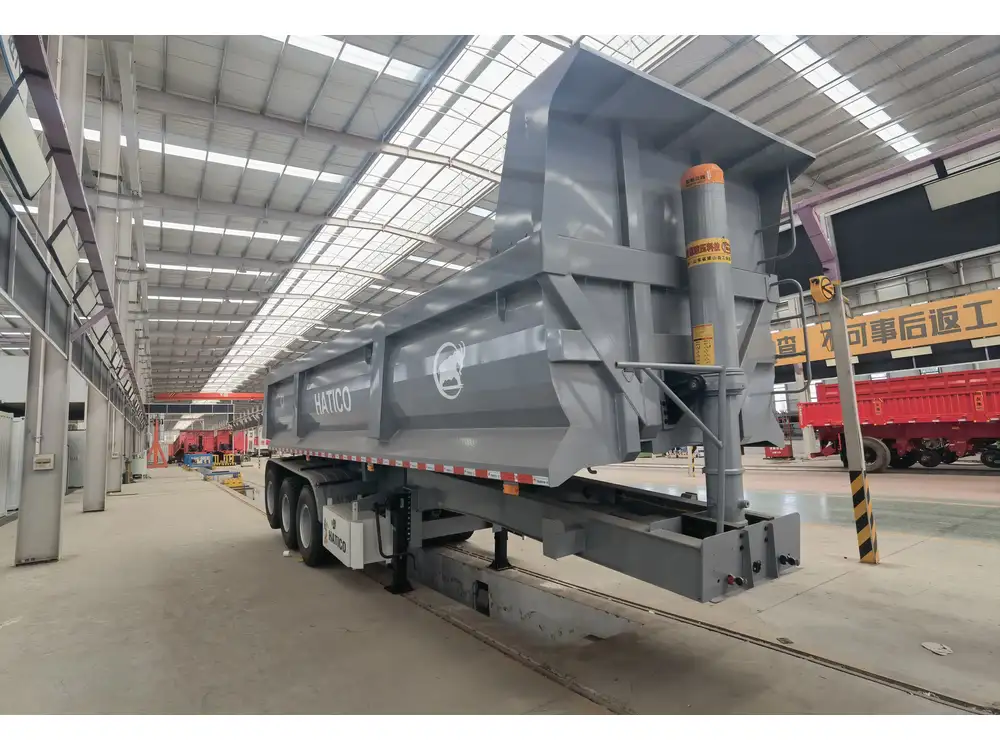
Care and Cultivation of Navaho Blackberries
To ensure a fruitful harvest, it is crucial to provide proper care and cultivation techniques for Navaho blackberries:
1. Soil Requirements
Navaho blackberries thrive in well-draining soil that is rich in organic matter. A pH level between 5.5 and 6.5 is ideal. Adding compost or aged manure can significantly enhance soil quality.
| Nutrient | Ideal Level | Function |
|---|---|---|
| Nitrogen | Moderate | Promotes healthy leaf growth |
| Phosphorus | High | Supports root development and flowering |
| Potassium | High | Enhances fruit quality and disease resistance |
2. Watering
Consistent moisture is essential during the growing season. However, avoid waterlogging, which can lead to root rot. Drip irrigation is often recommended for effectively managing moisture levels.
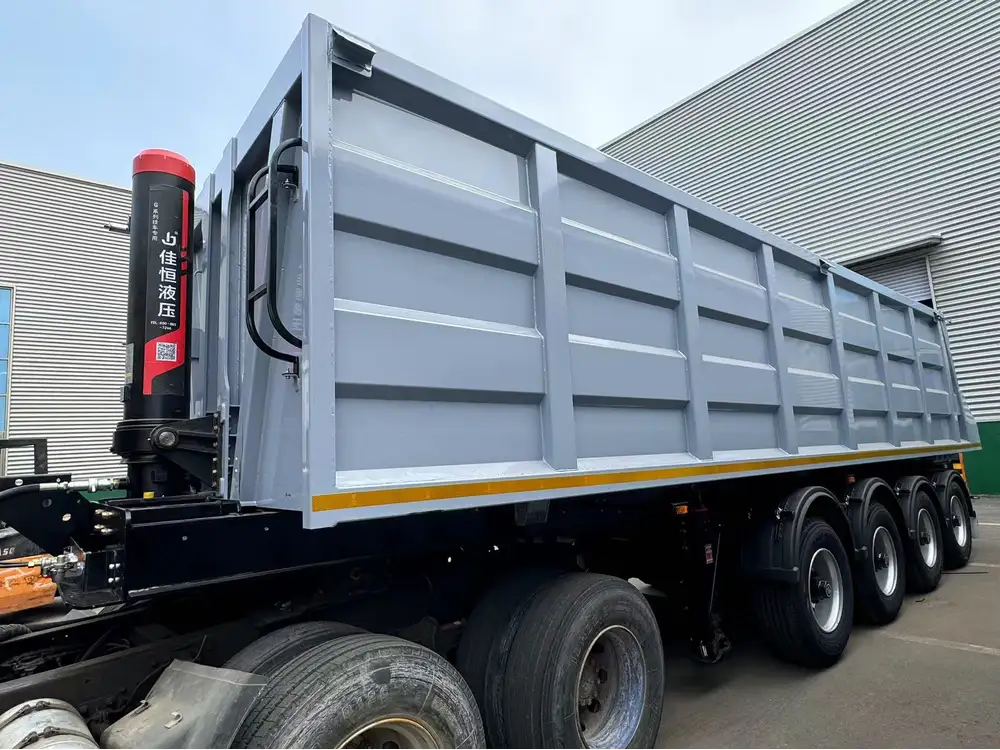
3. Pruning
Regular pruning is vital for maintaining plant health and maximizing yields. Late winter to early spring is an ideal time for pruning, focusing on:
- Removing dead or weak canes.
- Shortening last year’s canes to encourage new growth.
- Thinning crowded areas to improve air circulation.
4. Fertilization
Applying a balanced fertilizer in early spring, just before active growth begins, can significantly improve fruit yields. Follow the manufacturer’s guidelines for application rates.
5. Pest Management
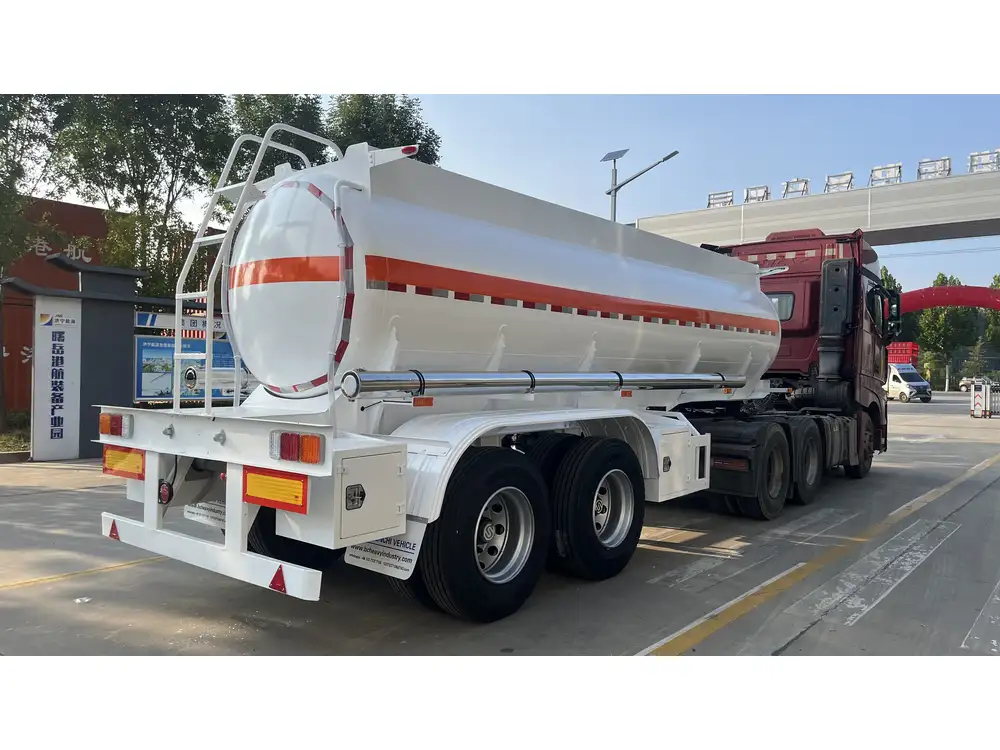
Common Pests
Engaging in proactive pest management helps in safeguarding yields. Here are some common pests that may affect Navaho blackberries:
Spider Mites: Known for creating webbing on leaves, they can be controlled through natural predators like ladybugs or by using insecticidal soap when necessary.
Japanese Beetles: These beetles can cause extensive damage by skeletonizing leaves. Handpicking or using traps can be effective.
Integrated Pest Management (IPM)
Implementing an IPM strategy will help manage pests sustainably, incorporating biological control, cultural practices, and, where necessary, chemical options.
Comparing Navaho Blackberries with Other Varieties
To provide further insights into Navaho blackberries, a comparison with other common blackberry varieties can be beneficial.
| Variety | Growth Habit | Flavor Profile | Harvest Period | Disease Resistance |
|---|---|---|---|---|
| Navaho | Semi-Trailing | Sweet, aromatic | Mid to Late Summer | High |
| Apache | Erect | Mildly sweet | Early Summer | Moderate |
| Kiowa | Trailing | Sweet, rich | Late Summer | Low |
| Thornless Evergreen | Erect | Mild, slightly tart | Late Summer | Moderate |

Key Differences
Growth Habit: While Navaho is semi-trailing, Apache stands upright, requiring less structural support. Kiowa, on the other hand, necessitates extensive care due to its trailing nature.
Flavor: The Navaho berry is notably sweeter than many other varieties, making it a popular choice among those who prefer sweetness in their blackberries.
Resistance: Navaho outshines less resistant varieties such as Kiowa, making it a more sustainable choice in regions prone to diseases.
FAQs About Navaho Blackberries
1. Can Navaho blackberries be grown in pots?
Certainly! While traditionally grown in gardens, Navaho blackberries adapt well to container gardening. Ensure that the pot is adequately sized (at least 5 gallons) and offers proper drainage.
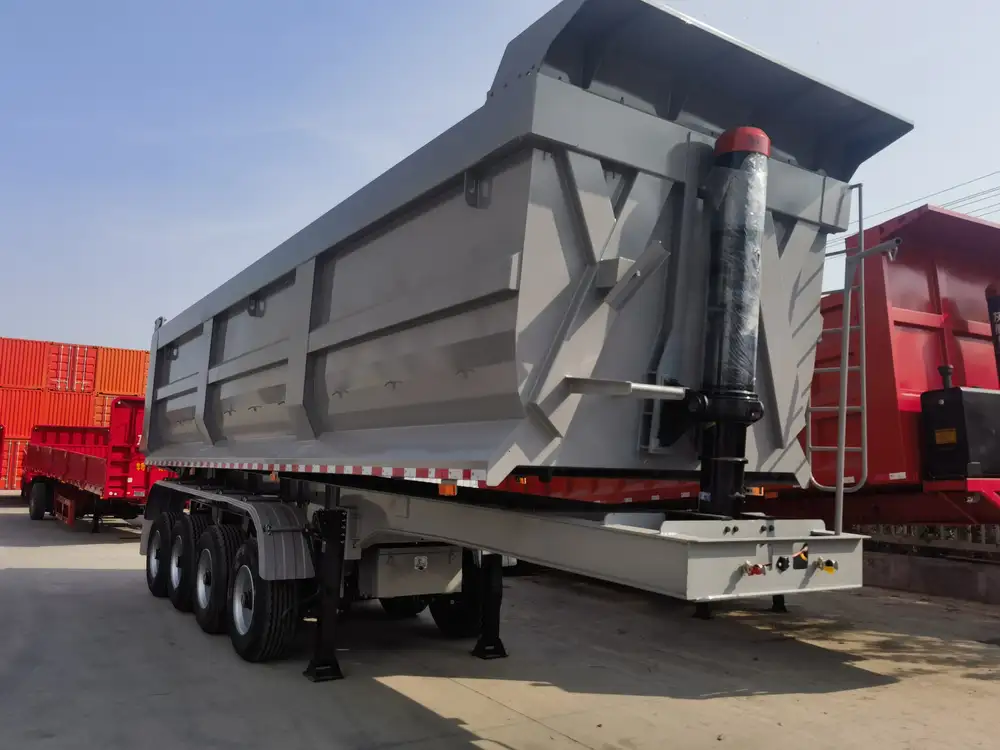
2. Do Navaho blackberries require cross-pollination?
No, Navaho blackberries are self-pollinating. They can produce fruit even if planted alone, although having multiple plants can enhance yield due to improved pollination.
3. How long do Navaho blackberry plants live?
With proper care, Navaho blackberry plants can live for 10-15 years or more, providing bountiful harvests year after year.
4. Is winter protection necessary for Navaho blackberries?
In regions with harsh winters, mulching around the base of the plants and providing windbreaks can protect them from extreme cold and frost.

Conclusion
In conclusion, Navaho blackberries are indeed semi-trailing, making them a versatile and rewarding choice for both amateur and professional growers. Their optimal fruit quality, resilience to diseases, and manageable growth habit differentiate them from other options on the market. By understanding their unique characteristics, care requirements, and growth behavior, one can cultivate a thriving Navaho blackberry plant that will offer an abundance of delicious fruit for years to come.
By cultivating this knowledge and applying it with vigilance, anybody can ensure they make the most of their blackberry-growing endeavors. Whether you are a seasoned horticulturist or a novice gardener, Navaho blackberries represent a fruitful opportunity worth pursuing.



